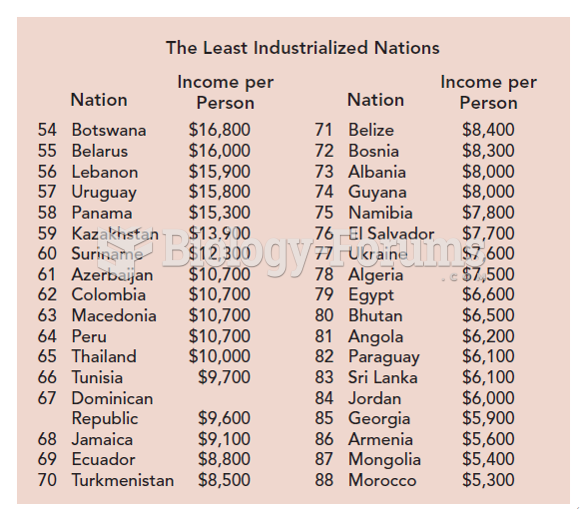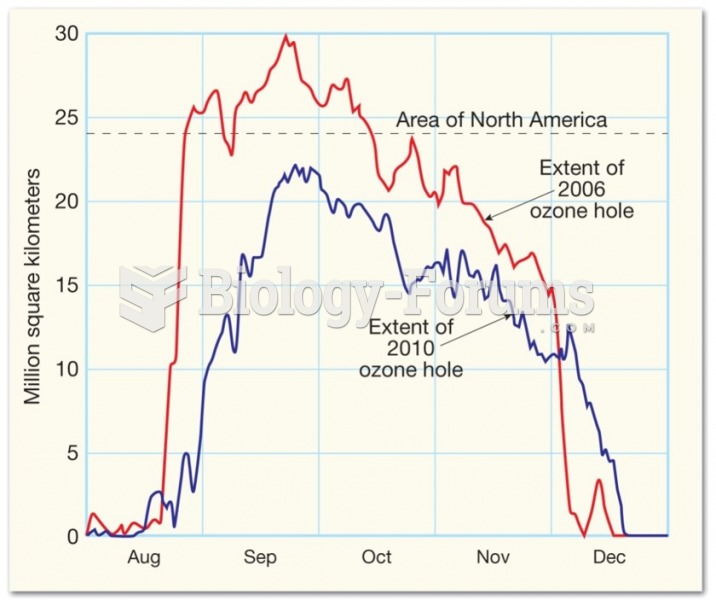Answer to Question 1
Major findings of the new assessment are as follows: (1) In 2005, the world's forest cover was 3.95 billion hectares (9.8 billion acres). (2) Deforestation continues to occur, primarily in the developing countries. (3) Throughout the world, the most important forest product is wood for industrial use; half of the forest lands are designated for production,' where the wood is harvested for pulp (paper source), lumber, and fuelwood. FRA 2005 reports that there have not been any drastic changes in forest production over the past 15 years, except for the steady increase in plantation forests. (4) Worldwide, about 9 of the forests are protected as national parks or reserves. An additional 65 of the world's forests have protection as one of their designated functions. (5) The role of forests in climate change was formally acknowledged in November 2001 at a meeting of the signers of the Kyoto Protocol in Marrakech, Morocco. The outcome of this accord is a much more thorough inventory of the role of forests as carbon stores, sources of carbon emissions, and carbon sinks. FRA 2005 estimates that forest ecosystems in 2005 contained 638 Gt (gigatons) of carbon, more than the amount of carbon as CO2 in the atmosphere. Half of this carbon is in living and dead wood, and half in forest soils.
The key elements of sustainable forest management include: (1) Maintain adequate forest cover to support the social, economic, and environmental dimensions of forestry, (2) conserve biological diversity, (3) protect forest health and vitality, (4) manage productive functions of forest resources, (5) protect functions of forest resources, (6) address socioeconomic function, and (7) provide the legal framework to support the other six elements.
Answer to Question 2
Modeling climate is an essential strategy for exploring the potential future impacts of rising GHGs. Climatologists employ the same powerful computers used for weather forecasting and have combined global atmospheric circulation patterns with ocean circulation and radiation feedback from clouds to produce coupled general circulation models (CGCMs) that are capable of simulating long-term climatic conditions. . . . (T)he main purpose of the models is to project the future global climate.
The A1 scenarios reflect a world in which population reaches its peak in mid-century and then declines; economic growth is rapid, and new technologies are employed. A1F1 shows a fossil-fuel-intensive society, A1T reflects shifts to non-fossil energy sources. The A2 series reflects a world of independent countries going their own way, with increasing population and varied economic growth and technological change. B1 reflects a world with population developments as in A1, but with rapid changes in economies and effective global cooperation to reach sustainability in all sectors. B2 has increasing populations and more regional adaptations, as in the A2 series, but with significant efforts to achieve sustainability. IS92a is a scenario carried over from the second IPCC assessment, for comparison purposes.







